Yunus-Modi Meeting: A Framed Memory Replaces July Graffiti

- Update Time : Sunday, April 6, 2025

A Meeting Framed by Diplomatic Uncertainty
The implication of the sideline meeting between Bangladesh Interim Government Cheif Advisor Muhammad Yunus and the Indian Prime Minister. Narendra Modi reveals that India had kept the matter hanging in diplomatic suspense — characterized by uncertainty. Still, Muhammad Yunus came prepared with at least one plan. And that plan, at this moment, is the most essential for him: a way out from his “reset button,” the “July Revolution,” and the “mastermind-engineered success.” He desperately needed this exit route because the Biden administration in the U.S. is not only ending — its entire system is beginning to transform. In other words, the global game of giving democratic cover to movements branded as “USAID-paid revolutions against terrorism” is heading toward a pause.
Post-Ouster Reality and the Rise of a Different Movement
Meanwhile, the movement that led to Sheikh Hasina’s fall could never be framed as a people’s uprising, no matter how hard one tried. Even with complete control over the country’s media, a different reality rapidly emerged. Immediately after Sheikh Hasina’s ousting, the streets of Dhaka saw a series of “March for Khilafat” rallies. Walls across Dhaka and the rest of the country were plastered with posters promoting this “March for Khilafat.” The Hindu community is now facing the worst persecution since 1955.

When Denial Enables Cleansing
No matter how much counterargument is given, riots break out in India. But riots happen when both sides possess power. They clash, but minorities still survive in those environments. Cleansing or persecution begins only when minorities become utterly powerless. And the main reason for such vulnerability arises when the government denies the occurrence of persecution or cleansing. When the government denies it, the administration takes the cue. These acts of cleansing occur so silently and are so multifaceted that no individual can endure them. Eventually, the victims are forced to flee. Minorities in any country are so helpless that, in reality, they have no true allies in the world.
West Bengal’s Shift and the Abandonment of Bengali Hindus
Furthermore, the greatest threat facing Hindus in Bangladesh today is that the neighboring state of West Bengal — home to Bengali Hindus — no longer has a chief minister who is as sympathetic to Bangladeshi Hindus as the post-1947 or post-1971 governments once were. Instead, she plays the game of power politics. On the other hand, West Bengal’s leftist forces are neither humanitarian nor educated like the in Tamil Nadu. Most of them reek like the stench from a rotten fish’s head — a rotten-minded class. Just as Tamil Nadu’s leftists are compassionate toward Sri Lankan Tamil Hindus, West Bengal’s leftists lack such humanity. In Tamil Nadu, whenever atrocities occur against Tamil Hindus in Sri Lanka, the people unite to pressure the Indian government to either bring them to safety or open the border. While such responses were once seen in West Bengal too, that reality has now largely reversed.

A Dangerous Nostalgia for 1947
And yet, the so-called “mastermind” advisor of Muhammad Yunus wishes to drag the country back to the 1947 “settlement,” as he calls it.
The Targeting of Hindu Youth
While these actors talk about returning Bangladesh to the so-called “1947 settlement,” young Hindu men and women in Bangladesh have been peacefully marching for their rights, led by Chimmoy Prabhu, out of love for this land and country. Their simple demand to remain in their homeland was met with baseless accusations against Chimmoy Prabhu, who was thrown into prison. His companions were brutally attacked on the streets, left critically injured, and driven to the brink of death. These youths were not only left psychologically broken; their hopes and dreams tied to this country were crushed.
In reality, the Hindu youth of this generation have been pushed into such a position that their natural demand is now for the abrogation of the Indira-Mujib treaty and the revival of the Nehru-Liaquat Pact.
The Culture of Silence and Impunity
The persecution is not limited to Hindus alone — indemnity has also been granted for the killing of police officers. Even though the perpetrators themselves have confessed to the murders on national television. Alongside this, attacks have silenced women, progressive Muslim communities, and, above all, intellectuals embodying Bengali nationalist ideals — a culture of fear has been instituted to suppress them.
International Signals Before the Meeting
In the print edition lead story of The New York Times, a glimpse of this reality appeared the day before the Yunus-Modi sideline meeting. The same piece had been published two days earlier on their website. The New York Times wasn’t saying anything new. Major outlets like the BBC had already covered these issues in various ways. Yet when a legacy media like the Democrat-leaning New York Times chooses to amplify this story, someone as intelligent as Muhammad Yunus cannot possibly miss the implication: the reality of the “reset button” and his meticulously designed “July Revolution” — the so-called mastermind plan — is now exposed.
![]()
What Yunus Gave Instead of the Graffiti Book
And it is based on this reality that after his sideline meeting with Modi, Muhammad Yunus notably did not gift Modi the “July Revolution” graffiti book. Instead, he offered a beautifully framed photograph of Modi awarding him a prize — a nod to a more favorable moment. In their discussions, Yunus made no mention of his “July Revolution.” On the contrary, he repeatedly spoke about the Liberation War of 1971 and India’s role in it. The implication in this shift requires no further explanation.
The Need for Justice, Not Amnesia
Political parties like the BNP and CPB have long urged Muhammad Yunus to acknowledge this reality. They have also argued that the fall of Sheikh Hasina’s government should not mean releasing the militants she convicted. Justice should not be halted. On the contrary, trials must continue — particularly against those who killed police officers, massacred minorities, and targeted innocent civilians.
The Rise and Fall of Yunus’s Student Leaders
Moreover, when Yunus chose to distance himself from the graffiti book and step into the spotlight alone, the country had already seen the character of his appointees — the student leaders he once promoted. Bangladesh has witnessed the student movements of 1969 and 1990. The people of this nation know the legacy those student leaders left behind and their contribution to the country. In contrast, the students Yunus once declared as his “recruits” have revealed themselves in these past seven months.
These are the same individuals who once publicly admitted they had no proper homes in their villages no wallets in their pockets. People have seen what and how they used to eat. And now? They ride in cars worth tens of millions of taka. They wear watches costing four million. Within just seven months, they’ve adopted the lifestyle of Obaidul Quader—no one — not even a madman — dreams of a future built with these people anymore.
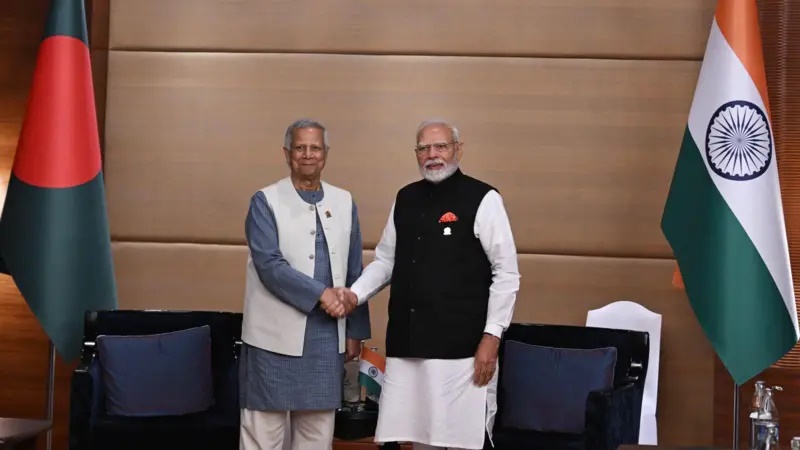
The Army: Last Standing Pillar
And that’s not all. The last remaining pillar of stability in the country is the armed forces — the only truly disciplined institution that has helped the nation survive this period. Because other pillars have been systematically crippled: police officers have been killed, civil administrators demoted en masse to OSD (Officers on Special Duty), mobs have entered the Supreme Court, false lawsuits and smear campaigns have been launched against journalists, many have been fired at the direction of these so-called student leaders, and even armed demonstrations have been staged outside newspaper offices.
Through all this, the army has kept the country from collapsing. And yet, the way these so-called student leaders — Yunus’s appointees — have spoken publicly about the Chief of Army Staff would make any patriotic citizen hang their head in shame. Nobody dreams of a future with such students. And someone as intelligent as Muhammad Yunus? The very idea is out of the question.
Sidelines Are Not a Place for a Nation
Still, there is another truth — it is time all patriotic citizens reflect on it collectively. Bangladesh is a country whose economic growth over the past 15 years has been enviable. It is set to become a middle-income country by 2026. How long will such a country be confined to sideline meetings and brief encounters at unofficial programs to gain minimal interaction with a foreign government?
Since independence, this nation has had multiple elected governments. It has even been run by two powerful military regimes in times of political vacuum. But never — never — was Bangladesh pushed to the sidelines. To be on the sidelines is, frankly, an insult to the nation’s dignity. Therefore, it is imperative to move beyond this sidelined state — to hold inclusive elections under a strong and legitimate government and get the country back on track.
In 1971, Rathindranath Roy sang from the Swadhin Bangla Betar Kendra with a proud voice,
“This is my country, for all people.”
The writer is a national award-winning journalist and editor of Sarakhon and The Present World.
|
|


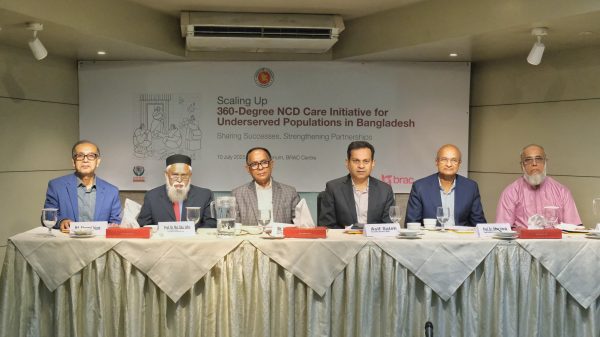
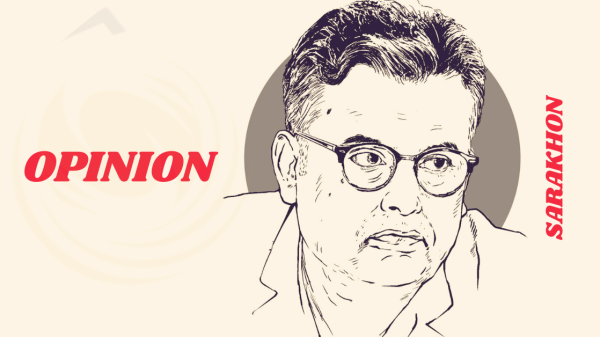

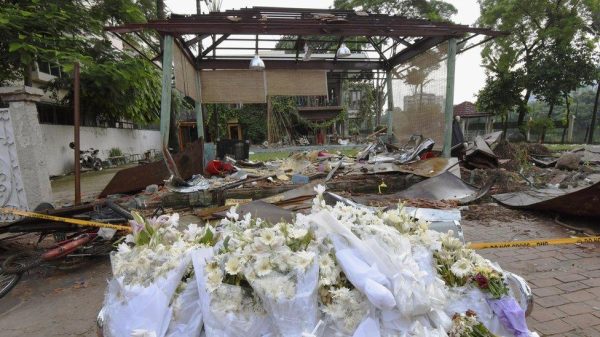
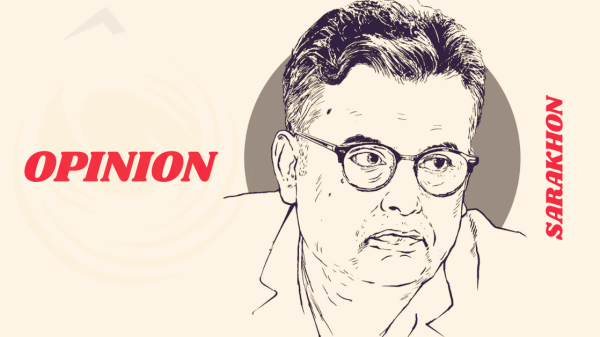
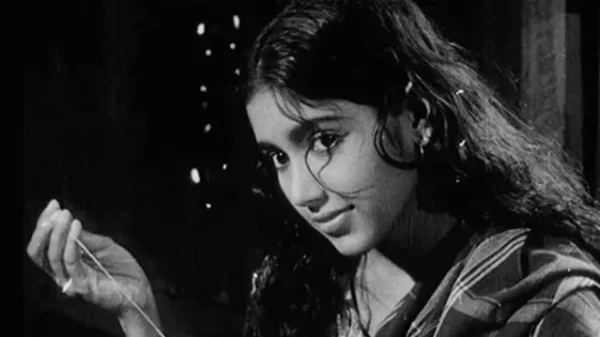
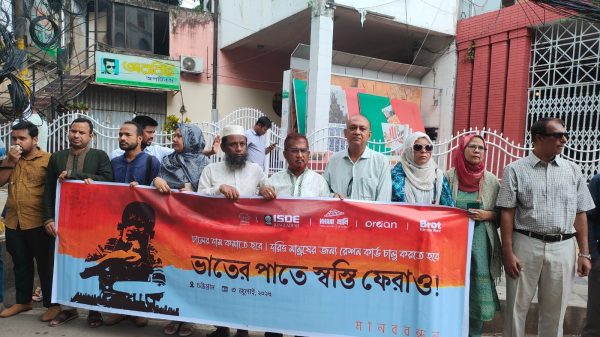
Leave a Reply